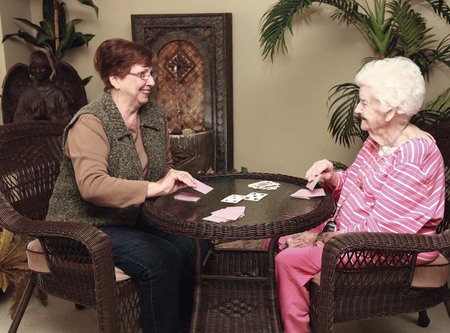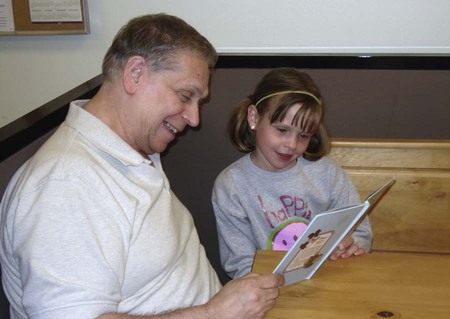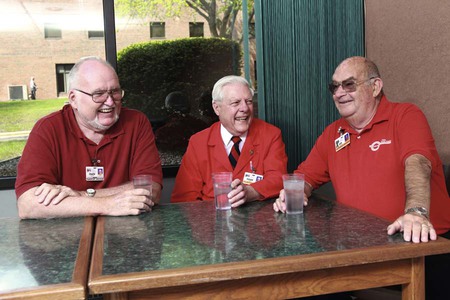• Define the key terms and key abbreviation listed in this chapter. • Identify the developmental tasks of each age-group. • Identify the social changes common in older adulthood. • Describe the physical changes from aging and the care required. • Describe the gains and losses related to long-term care. • Describe the sexual changes and needs of older persons. • Explain how to deal with sexually aggressive persons. • Explain how to promote PRIDE in the person, the family, and yourself. Growth and development occur in a sequence, order, and pattern. Certain skills must be completed during each stage. A developmental task is a skill that must be completed during a stage of development. A stage cannot be skipped. Each stage has its own characteristics and developmental tasks (Box 8-1, p. 90). People cope with aging in their own way. The following social changes occur with aging. • Retirement. Retirement is a reward for a life-time of work. The person can relax and enjoy life. Some people retire because of poor health or disability. Retired people may have part-time jobs or do volunteer work (Fig. 8-1). Work helps meet love, belonging, and self-esteem needs. The person feels fulfilled and useful. Friendships form with co-workers. • Reduced income. Retirement often means reduced income. Social Security may provide the only income. Rent or house payments continue. Food, clothing, utility bills, and taxes are other expenses. Car expenses, home repairs, drugs, and health care are other costs. Severe money problems can result. Some people have income from savings, investments, retirement plans, and insurance. • Social relationships. Social relationships change throughout life. Children grow up, leave home, and have their own families. Some live far away. Older family members and friends die, move away, or are disabled. Yet most older people have regular contact with children, grandchildren, family, and friends (Fig. 8-2). Others are lonely. Separation from children is a common cause. So is lack of companionship with people their own age (Fig. 8-3). Hobbies, religious and community events, and new friends help prevent loneliness. So do family times. • Children as caregivers. Parents and children change roles. The child cares for the parent. Some older persons feel more secure. Others feel unwanted, in the way, and useless. Some lose dignity and self-respect. Tensions may occur among the child, parent, and other household members. Lack of privacy is a cause. So are disagreements and criticisms about housekeeping, raising children, cooking, and friends. • Death of a partner. A person may try to prepare for a partner’s death. When death occurs, the loss is crushing. No amount of preparation is ever enough for the emptiness and changes that result. The person loses a lover, friend, companion, and confidant. Grief may be very great. The person’s life will likely change. Serious physical and mental health disorders result. Some lose the will to live. Some attempt suicide. See Focus on Communication: Social Relationships.
Care of the Older Person
Growth and Development
Social Changes
Care of the Older Person
Get Clinical Tree app for offline access






